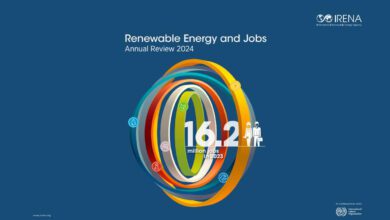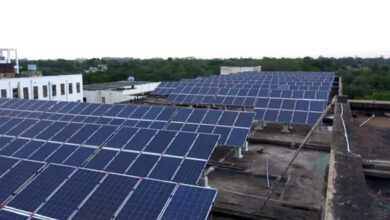Continuous decline in solar power tariffs since the start of the current financial year (FY 2020-21) has been driven by a mix of structural and state-specific factors with the former likely to sustain over medium-term, India Ratings and Research (Ind-Ra) said. The tariffs declined to Rs 2.36 per kilowatt hour (kWh) in June and July and Rs 2 in November. In the latest bidding as well, while the winning bids are at Rs 2 per kilowatt hour (kWh), the highest bid was at Rs 2.43 per kilowatt hour (kWh) which is lower than the earlier tariffs.
The decline in tariffs is being driven by a lower capital cost per megawatt of around Rs 4 crore per megawatt because of advancement in panel designs, enabling a higher capacity utilisation factor (CUF). Besides, there has been a reduction in panel costs globally while financing costs have lowered. Ind-Ra estimates that a lower funding cost to foreign and domestic developers has resulted in a tariff decline of 10 to 15 paise per kWh.
Additionally, few state-specific factors impacting the tariffs in the latest round include an exemption of Rs 2 crore per megawatt of cess that the state government of Rajasthan levies on project development. This could translate to savings of 10 to 12 paise per kWh as the offtake is for Rajasthan Urja Vikas Nigam Ltd and exemption from safeguard duty on panel imports.
Given that the plant will be set up in Rajasthan with proven solar potential, the average CUF is expected to be higher at over 25%. The bidders in the latest rounds are also banking on the exemption from paying inter-state transmission system charges for the projects commissioned before June 2023, said Ind-Ra.













